- No products in the cart.
Octreotide solution and / I / / n / k 50mkg / ml 1ml ampoules 5 pcs
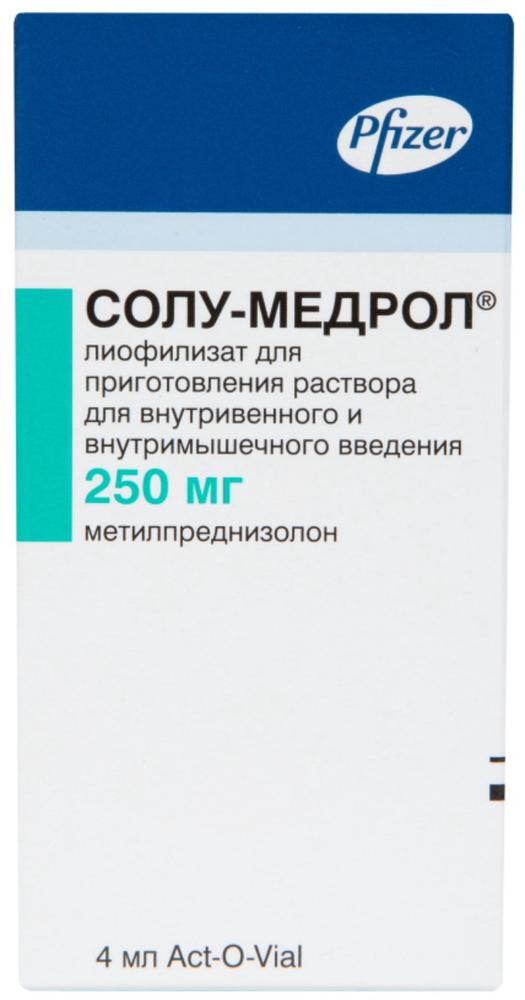
Solu-Medrol lyophilisate for the preparation of injectable solution of 250mg 4ml vial 1 piece
$10.22

L-thyroxine 100 Berlin-Chemie tab 100mcg 100 pcs
$3.08
$34.50
Octreotide solution and / I / / n / k 50mkg / ml 1ml ampoules 5 pcs
Description
Composition
Active substance:
1 ampoule contains: octreotide 50 ug or 100 ug.
Excipients:
Sodium chloride 9.0 mg Water for injection to 1 ml.
Description:
Clear, colorless, odorless liquid.
Product form:
Solution for intravenous or subcutaneous administration of 50, 100 ug / ml.
To 1 ml ampoules made of colorless glass with color-coded in the form of two strips of green or dark glass ampoule having a tension ring for opening or ampoules fault point.
5 ampoules in blisters made of PVC film. 1 or 2 blisters with instructions for use placed in a pile of cardboard boxed.
Contraindications
Hypersensitivity to the octreotide or other components of the formulation. Children up to age 18 years.
Carefully
Cholelithiasis (gallstones), diabetes mellitus, pregnancy, lactation.
Dosage
50 ug / ml
Indications
Treatment of acute pancreatitis; stop the bleeding gastric ulcer and 12 duodenal ulcer; stopping bleeding and prevention of re-bleeding from esophageal varices in patients with cirrhosis; Prevention and treatment of complications after surgery on abdominal organs.
Interaction with other drugs
Octreotide decreases absorption of cyclosporin slows absorption cimetidine.
Necessary correction mode simultaneously applied diretikov, beta-blockers, blockers “slow” calcium channels, insulin, oral hypoglycemic drugs.
With simultaneous use of Octreotide and bromocriptine increases the bioavailability of the latter.
Drugs metabolized by cytochrome P450 enzymes and having a narrow therapeutic range of doses should be used with caution.
Overdose
Possible symptoms include: short-term slowing of the heart rate, the sense of “tide” of blood to the face, abdominal cramping, diarrhea, nausea, a feeling of emptiness in the stomach.
Treatment is symptomatic.
pharmachologic effect
Pharmacological group:
Somatostatin synthetic analogue.
Pharmacological properties:
Octreotide – a synthetic analogue of somatostatin, which has similar pharmacological effects to it, but much longer duration of action. Octreotide inhibits secretion of growth hormone (GH) as a pathologically increased and caused arginine, exercise and insulin hypoglycemia. The drug also suppresses the secretion of insulin, glucagon, gastrin, serotonin as pathologically increased, and meal-induced; also suppresses the secretion of insulin and glucagon stimulated arginine. Octreotide suppresses secretion of thyrotropin caused tireoliberinom.
Patients who planned operations on pancreas, the application of octreotide prior to surgery, during and after it reduces the incidence of typical postoperative complications (e.g., pancreatic fistulas, abscesses, septicemia, acute postoperative pancreatitis). When bleeding from varicose veins in the esophagus and stomach of patients with liver cirrhosis octreotide application in combination with a specific treatment (e.g., sclerotherapy and hemostatic therapy) results in a more efficient stop bleeding and prevention of rebleeding.
Pharmacokinetics:
Following subcutaneous (s / c) administering octreotide is rapidly and completely absorbed. Maximum plasma concentration of octreotide is achieved within 30 min.
Plasma protein binding is 65%. octreotide binding to formed elements of blood is extremely small. The volume of distribution of 0.27 l / kg.
The half-life (T1 / 2) after the s / c administration of octreotide is 100 minutes. After intravenous (i / v) deducing octreotide administration is carried out in 2 phases, T1 / 2 – 10 and 90 min, respectively.. Most of octreotide is output through the intestine, approximately 32% is excreted unchanged by the kidneys.
Total clearance was 160 ml / min. Older patients decreased clearance, and T1 / 2 is increased. In severe chronic renal failure clearance is reduced 2-fold.
Pregnancy and breast-feeding
The use of octreotide in pregnancy has not been studied. Octreotide should be used during pregnancy only if the expected benefit to the mother outweighs the potential risk to the fetus.
It is not known whether the drug passes into breast milk, so the use of the drug during lactation should abandon breastfeeding.
Conditions of supply of pharmacies
Leave a doctor’s prescription.
side effects
From the gastrointestinal tract, pancreas, liver and gall bladder: possible – anorexia, nausea, vomiting, abdominal cramping, feeling of bloating, excessive gas, loose stools, diarrhea, and steatorrhea. Although fat excretion in the faeces can be increased, there is no indication that prolonged treatment with octreotide can lead to malabsorption (malabsorption). In rare cases, it can be observed phenomena resemble acute intestinal obstruction.
There are isolated cases of acute hepatitis without cholestasis, hyperbilirubinemia and in combination with increasing the activity of alkaline phosphatase, gamma glutamyl transferase and, to a lesser extent, other transaminase.
Octreotide prolonged use may lead to the formation of gallstones.
Cardio-vascular system: in some cases – fibrillation, bradycardia.
From the carbohydrate metabolism may be impaired glucose tolerance, postprandial (due to suppression of secretion of insulin preparation), hypoglycemia; in rare cases, long-term treatment may develop persistent hyperglycemia.
Local reaction at the injection site can pain, itching or burning, redness and swelling (usually held for 15 min).
Other: allergic reactions, alopecia.
special instructions
In patients with diabetes treated with insulin, octreotide can reduce the need for insulin.
If gallstones detected before treatment, the application of Octreotide is solved individually, depending on the ratio of the potential therapeutic effect of the drug and possible risk factors associated with the presence of gallstones.
Side effects from the gastrointestinal tract may be reduced if the injection Octreotide do in between meals or at bedtime.
To reduce the effects of discomfort at the injection site is recommended to lead the drug solution prior to administration to room temperature and the smaller volume administered drug. Avoid multiple injections in the same place at short time intervals.
Effects on ability to drive vehicles and other mechanisms.
Some side effects of octreotide may adversely affect the ability to drive vehicles and other machines that require high concentration and speed of psychomotor speed reactions.
Storage conditions
In the dark place at a temperature of 8 to 25 ° C, the reach of children.
Dosing and Administration
The drug is administered / drip, subcutaneous.
For the treatment of acute pancreatitis, the drug is injected s / c in a dose of 100 mg 3 times / day for 5 days. You can assign up to 1200 mg / day using intravenous route of administration.
To stop bleeding ulcer introduced into / in a dose of 25 -50 mg / hour by intravenous infusion for 5 days.
To stop bleeding from esophageal varices is introduced into / in a dose of 25-50 ug / h in a continuous intravenous infusion for 5 days. In elderly patients there is no need to reduce the dose of Octreotide.
For the prevention of complications after surgery on the pancreas first dose of 100-200 micrograms administered p / 1-2 hours before laparotomy; then administered after surgery n / a 100-200 mg 3 times / day for 5-7 consecutive days.
Information
Appearance may differ from that depicted in the picture. There are contraindications. You need to read the manual or consult with a specialist
Additional information
| Weight | 0.100 kg |
|---|---|
| Manufacturer | FARM-SYNTHESIS |

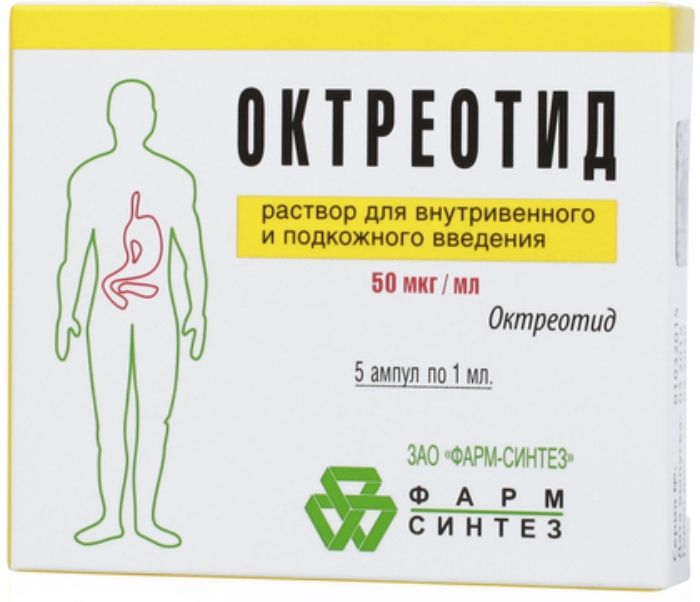
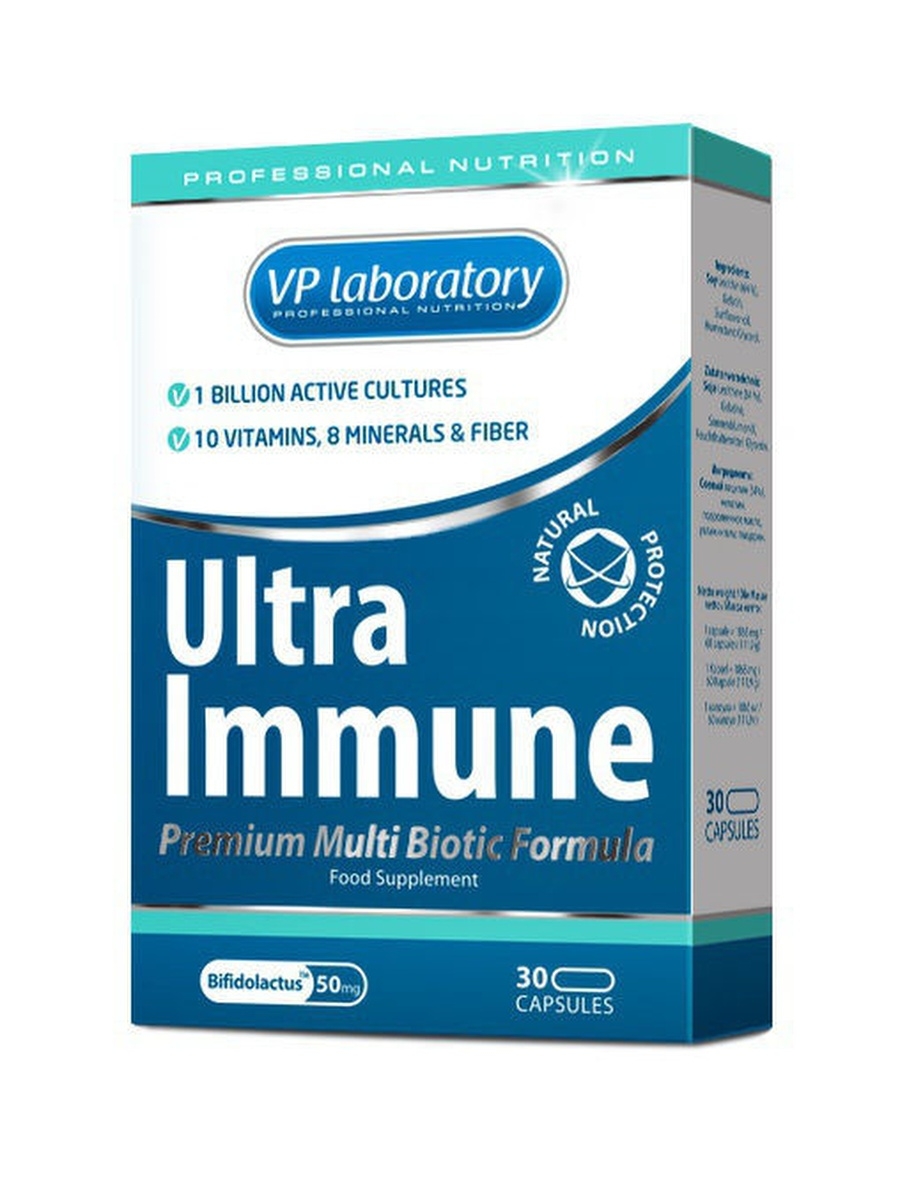
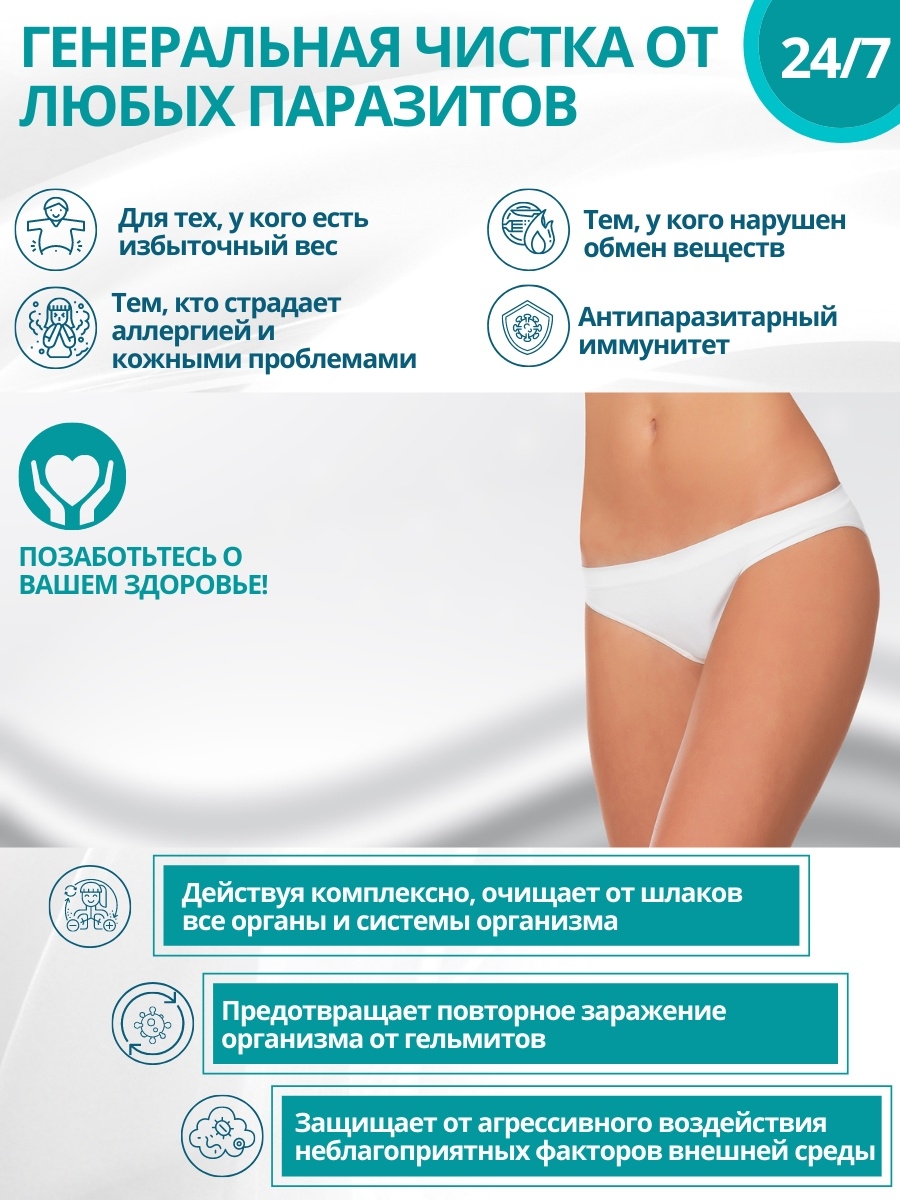

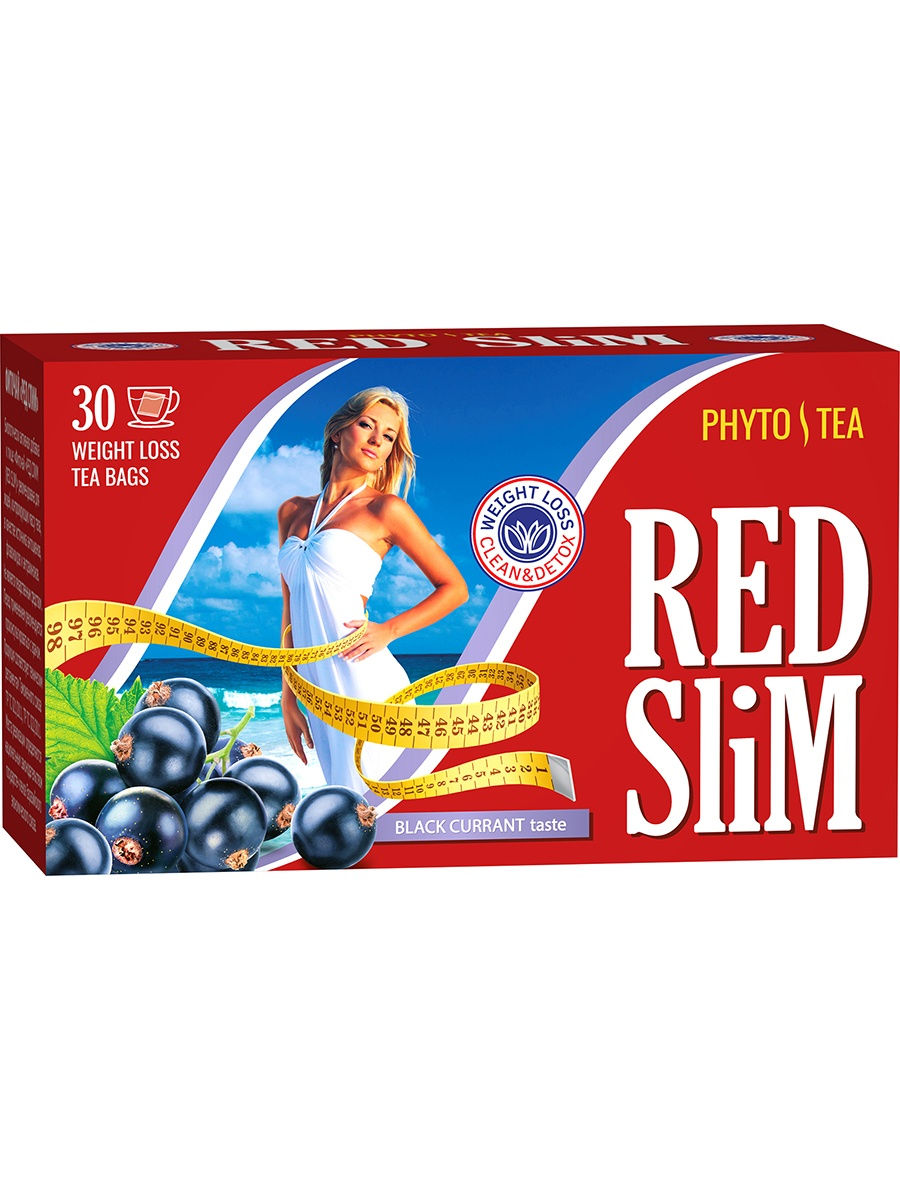
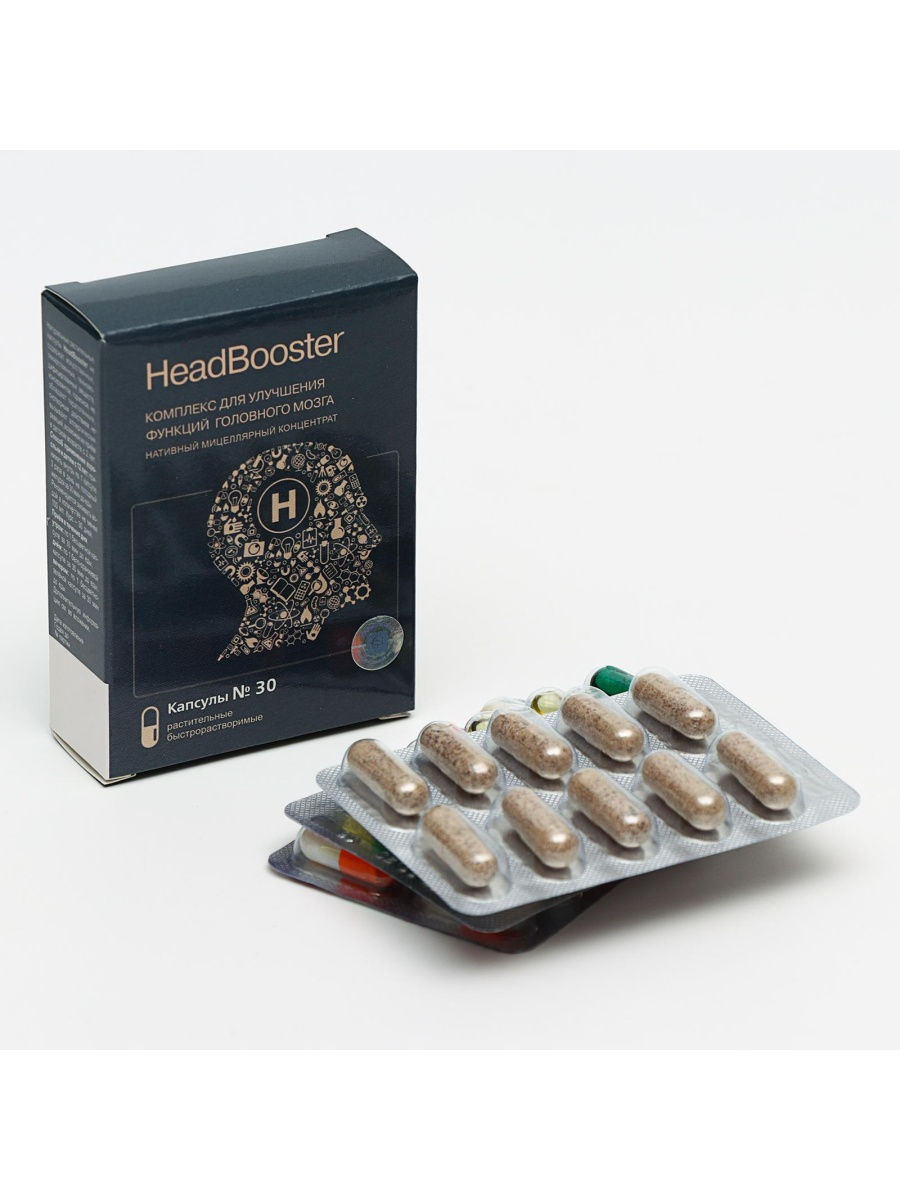
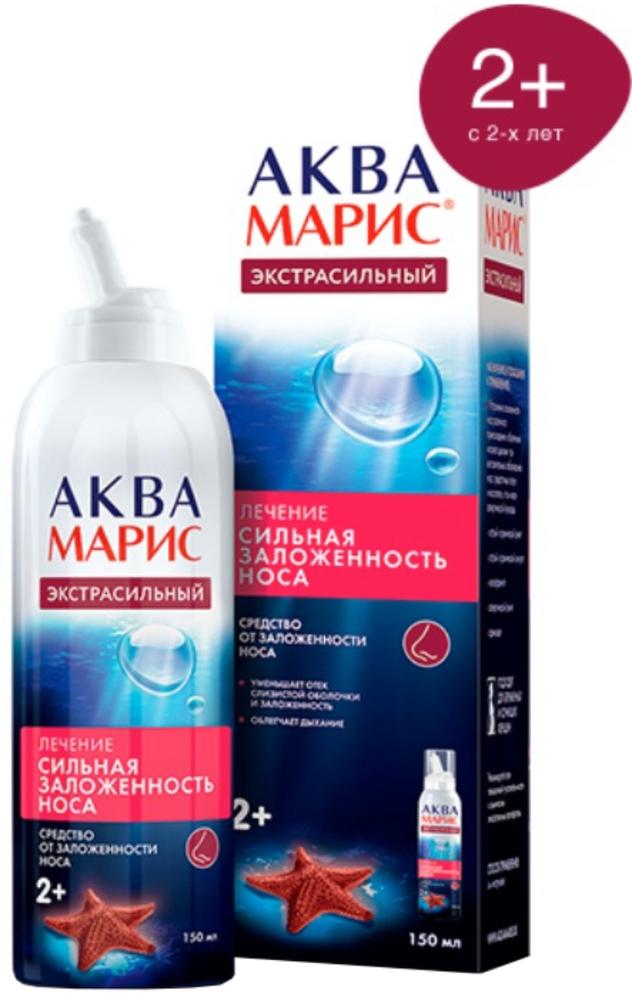




There are no reviews yet.